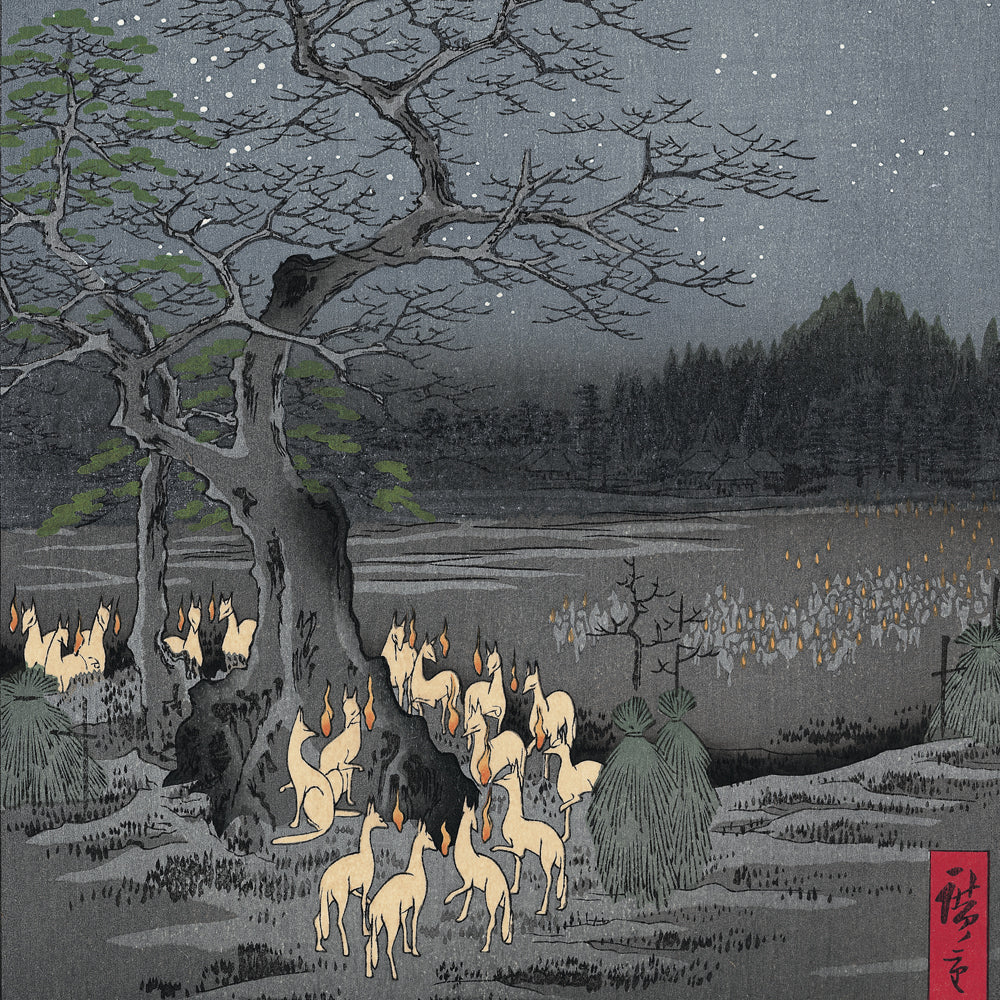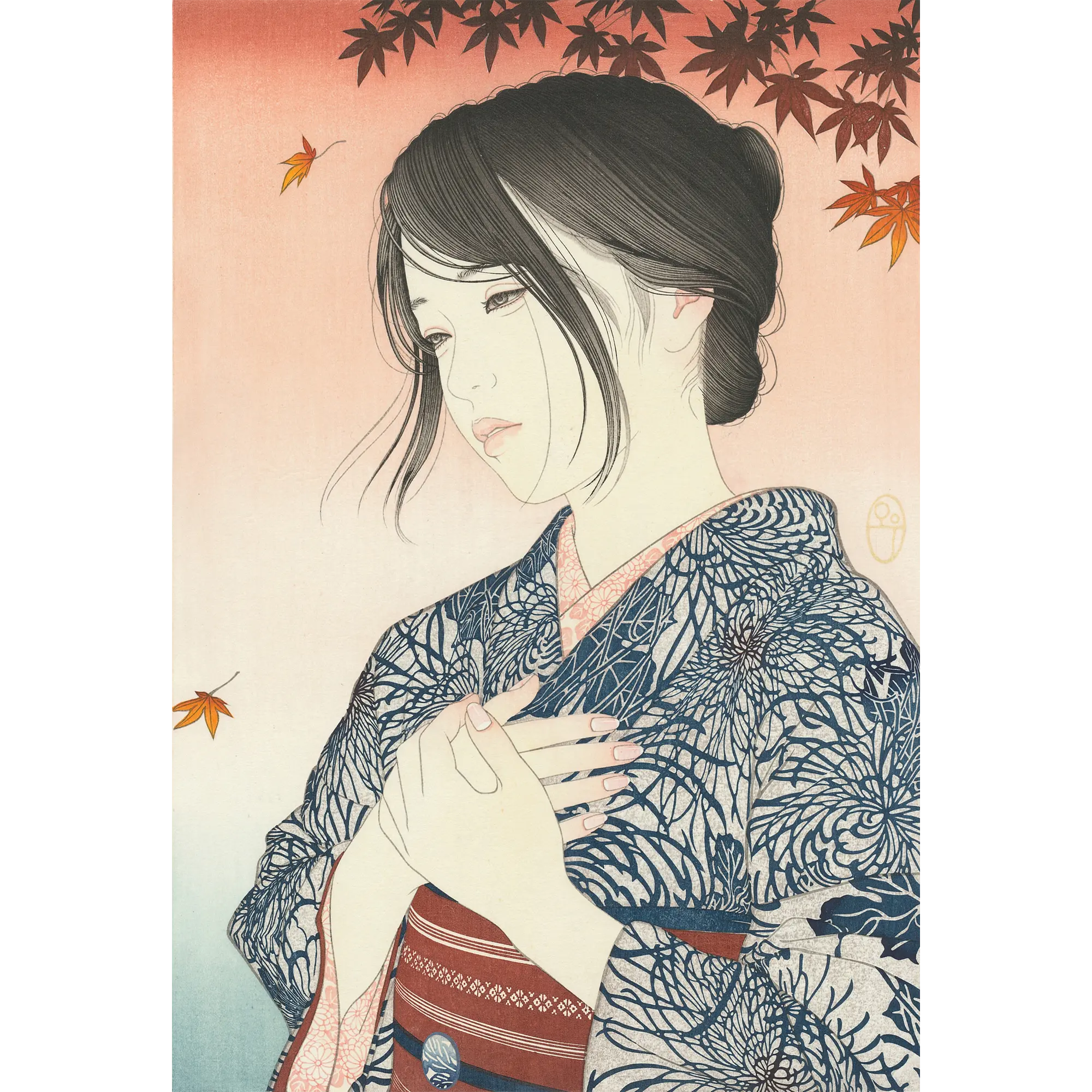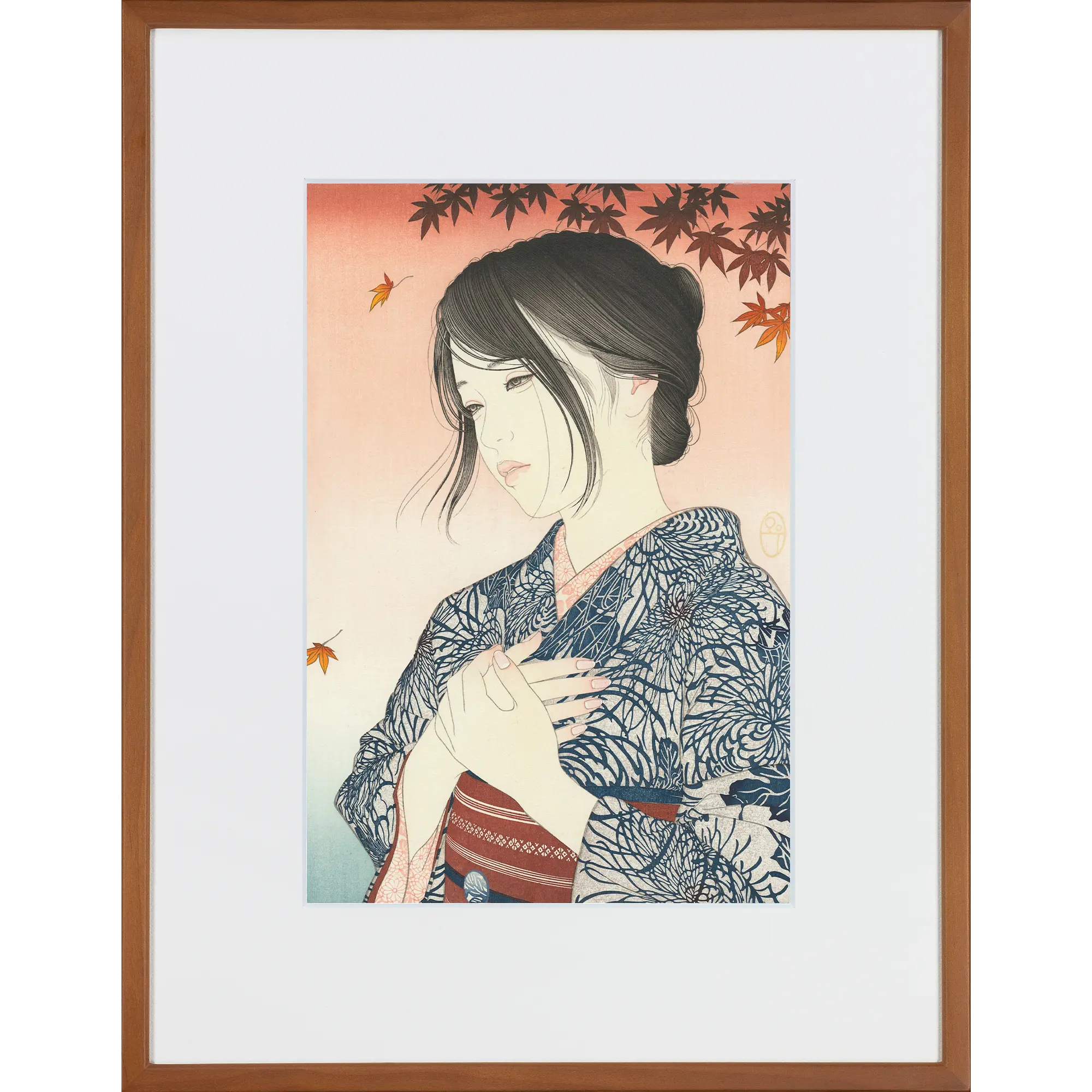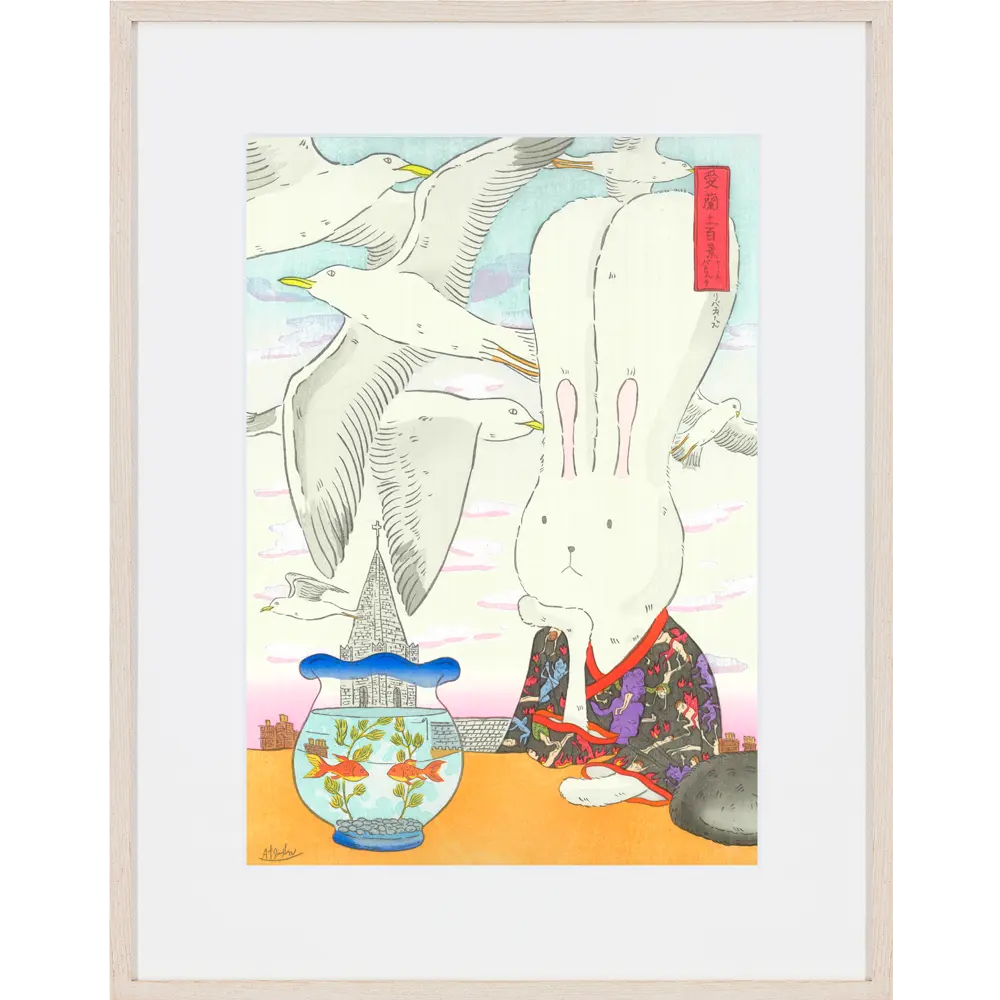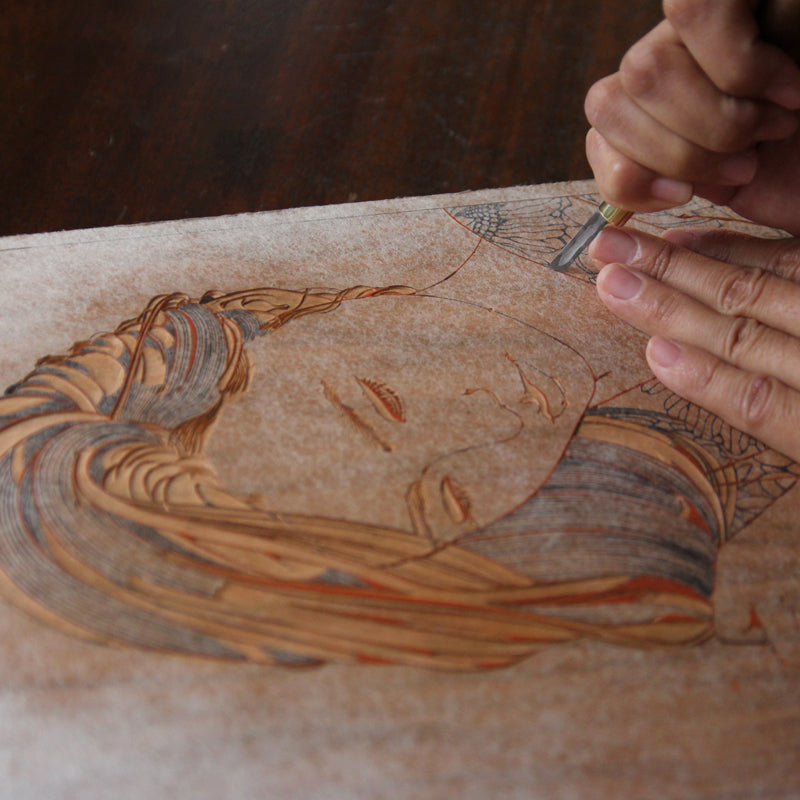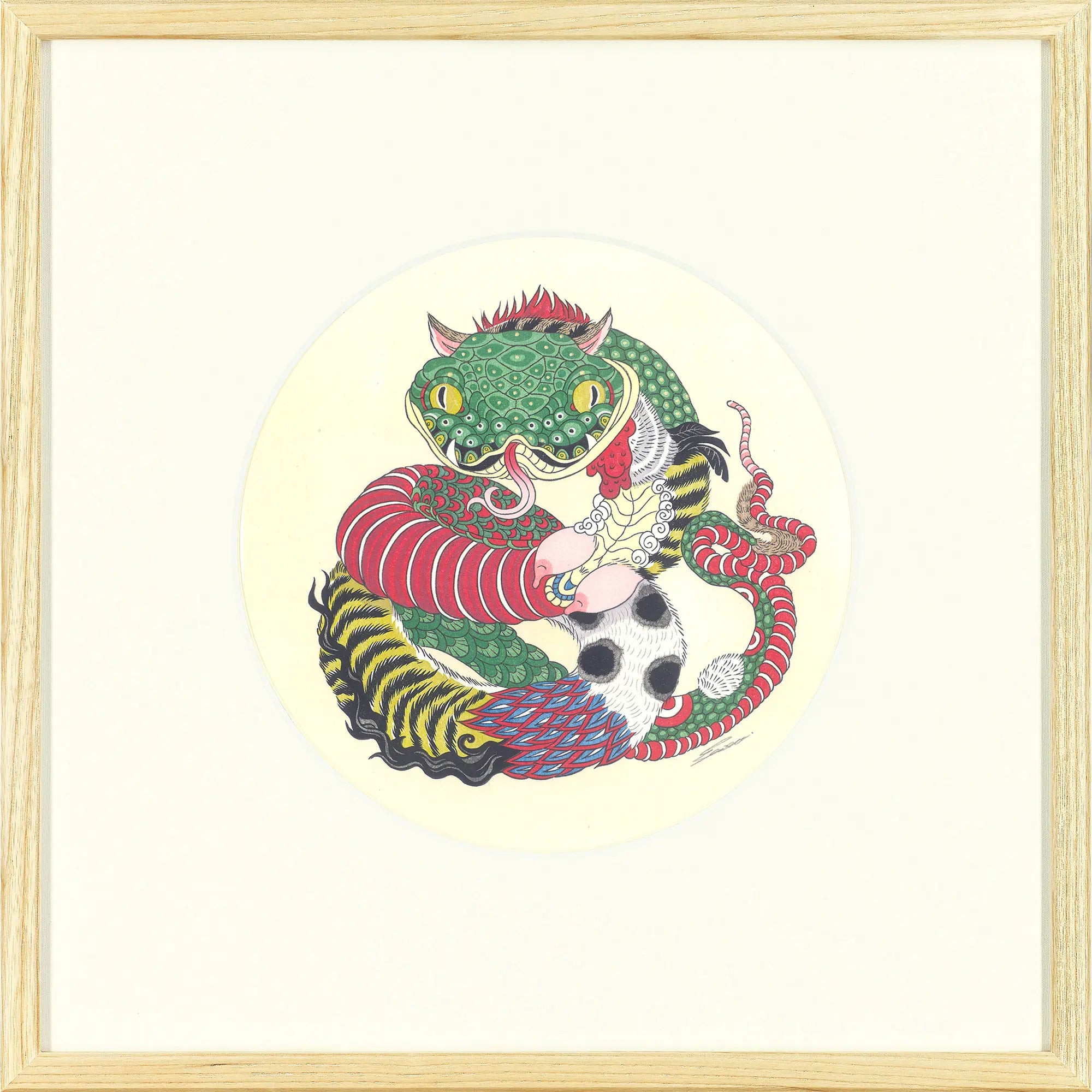
The meisho-e "100 Famous View of Dogo ? Isaniwa Shrine" created by the popular contemporary artist Akira Yamaguchi for "Dogo Art 2016," an event presently taking place in Dogo Onsen hot spring, has now been completed as a contemporary ukiyo-e. It is a much-awaited new work to follow the previous contemporary ukiyo-e "The New Famous Views of the Eastern Capital (Toto Meisho) Series" created in two collaboration projects with the Adachi Institute of Woodcut Prints.
<p>Akira Yamaguchi(1969-)</p>
Born in Tokyo in 1969, Yamaguchi grew up in Kiryu city in Gunma prefecture. In 1996 he graduated from Tokyo University of the Arts Graduate School (Painting Department) with an MA in Oil Painting. In 2013, his book “Hen-na Nihon Bijutsushi” won the 12th Kobayashi Hideo Award.Besides his bird’s eye view paintings of cities or battlefields, he traverses a variety of methods of expression including sculpture, manga and installation. His major solo exhibitions include ‘TOKIORE(I)MIX” (Maison Hermès 8F Le Forum, Tokyo) and “Yamaguchi Akira: Stepping Back to Seek the Underneath” (Contemporary Art Gallery, Art Tower Mito) amongst others. He has further developed the wide range of his practice through public artworks at locations including Narita International Airport, on Tokyo’s Fukutoshin Line at Nishi-Waseda station, and at Fujisan World Heritage Center in Yamanashi Prefecture as the symbolic central painting.

彫ーCarving
The artist's attention to details is faithfully reproduced by the carver.
The carving of the outlines plays a particularly important role with regard to the works of Mr. Yamaguchi, who uses the lines to artfully express a sense of perspective and to create different textures. The carver interprets the artist's intent as he faithfully reproduces the lines.

摺ーPrinting
A technique called “bokashi” or gradation is used to create a greater sense of perspective in the meisho-e.
“Bokashi” or gradation is also often seen in meisho-e by Hiroshige. The printer uses his skills to create beautiful gradations on a flat printing block. By using the “bokashi” technique in numerous places, a sense of perspective is created and the beauty of the famous Isaniwa Shrine in Dogo is captured even more vividly.


